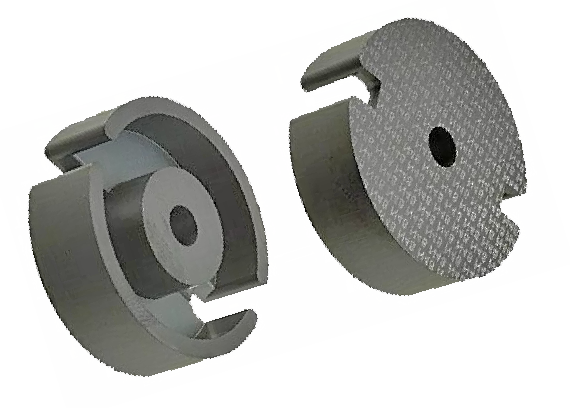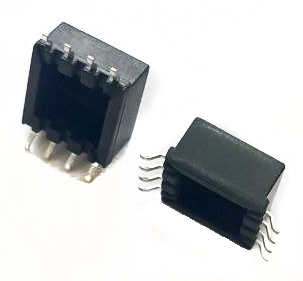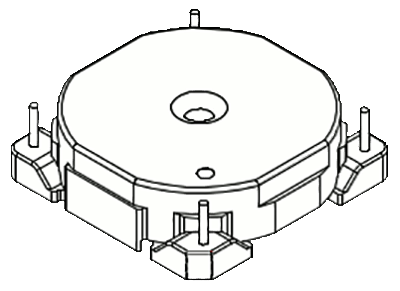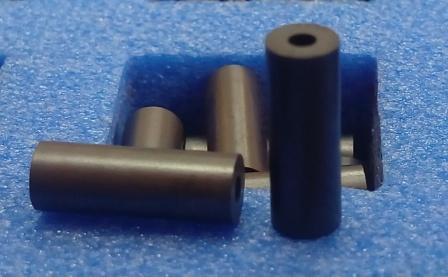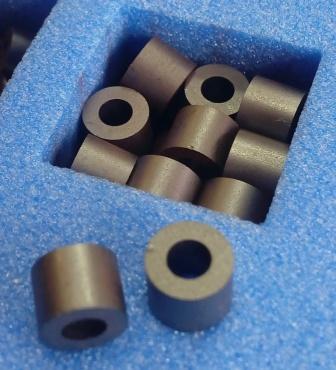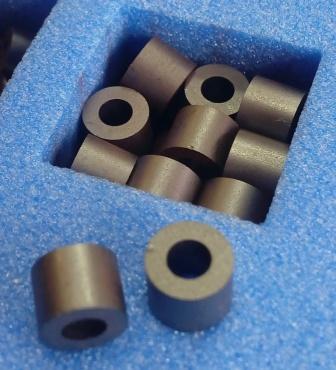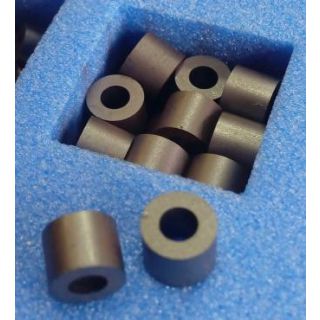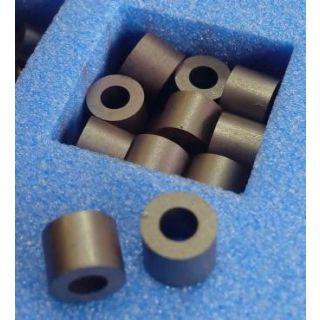
Use Case in Compact Electronic Devices Such as Smartphones
The use case of TDK's noise suppression sheet, abbreviated as "Flexield," highlights its effectiveness in compact electronic devices.
Simply meeting various EMC specifications is insufficient for effectively suppressing noise in electronic devices. This is particularly true for multi-functional compact devices with communication capabilities, such as smartphones. As the density of printed circuit boards increases, internally generated noise can interfere with the antenna, leading to reduced reception sensitivity and degraded image and voice quality. To address this issue of "self-poisoning," an internal EMC problem within the device, a solution is needed.
Figure 1 illustrates the block diagram and basic internal structure of a smartphone, which consists of a main circuit board housing IC circuits like the application processor and power management IC, along with a sub-circuit board connected to the display and camera module. These components are interconnected using flexible cables (FPC/FFC).

Major Causes of Noise Emission Inside Smartphones
The application processor, which serves as the central component of the smartphone and is becoming increasingly multifunctional, is a System-on-a-Chip (SoC) that integrates multiple ICs. The flexible cables and connectors that link the SoC to peripheral circuits (such as power inductors) and connect the main circuit board to the sub-circuit board are significant sources of noise emission, leading to the issue of "self-poisoning" in smartphones.
TDK's Flexield is a thin and flexible noise suppression sheet. By cutting it to the desired shape and applying it, it provides a simple and effective mechanism for noise suppression (Figure 2).

Visualization of noise emission intensity distribution through near electromagnetic field measurement
Noise emission consists of electromagnetic waves that propagate through space due to the interaction between the electric and magnetic fields. Near the source of this noise, these fields can exist independently, with one field often dominating. This region is referred to as the near field. Specifically, the near field encompasses the area within a distance of less than λ/2π (where λ represents the wavelength) from the emission source, while the far field extends beyond this range. At a frequency of 1 GHz, λ/2π is approximately 5 cm. Thus, in compact electronic devices like smartphones, it is crucial to understand the distribution of both electric and magnetic fields in the near field.
To achieve this, a near field measurement system is employed. This system involves bringing an electromagnetic field probe close to the device under test (DUT), such as a printed circuit board, and scanning the device while maintaining a consistent gap. The data collected during this process is used to illustrate the distribution of noise intensity (Figure 3). TDK leverages simulation technology as one of its core solutions to address various noise challenges, including the "self-poisoning" issue.

Power inductors also contribute to noise emission
Figure 4 illustrates the distribution of magnetic field intensity around the IC peripheral circuits on the main circuit board of a smartphone, as measured by the near electromagnetic field measurement system. Areas of high noise levels are indicated in red, while low noise areas are shown in blue. Without any noise suppression measures, the red regions are extensively spread around the application processor and power management IC. However, with the installation of Flexield, the noise levels are significantly reduced. Since noise is emitted not only from the ICs but also from power inductors, placing Flexield in the IC peripheral circuit proves to be an exceptionally effective noise suppression solution.

The cabling and wiring patterns act as antennas that emit noise
The wiring patterns of cables or printed circuits that transmit high-frequency current act as antennas, emitting noise. Figure 5 illustrates the effectiveness of noise suppression when a flexible cable connects the main circuit board to the sub-circuit board. Near magnetic field measurements clearly show that, without any noise suppression measures, an extremely high level of noise is emitted.
Due to its thin and flexible nature, Flexield can be easily attached to flexible cables. The installation of Flexield has significantly reduced the intensity of the emitted noise.


